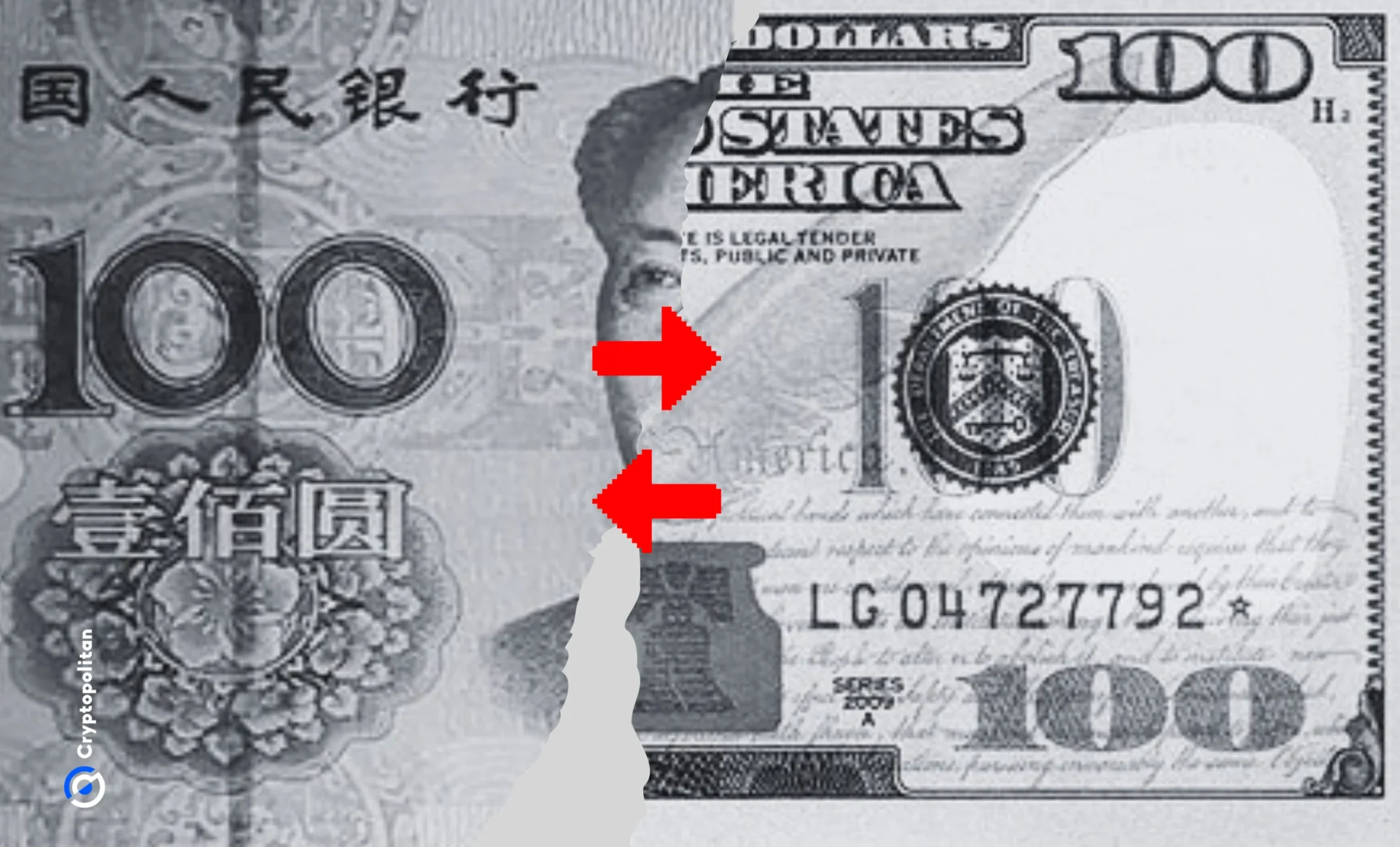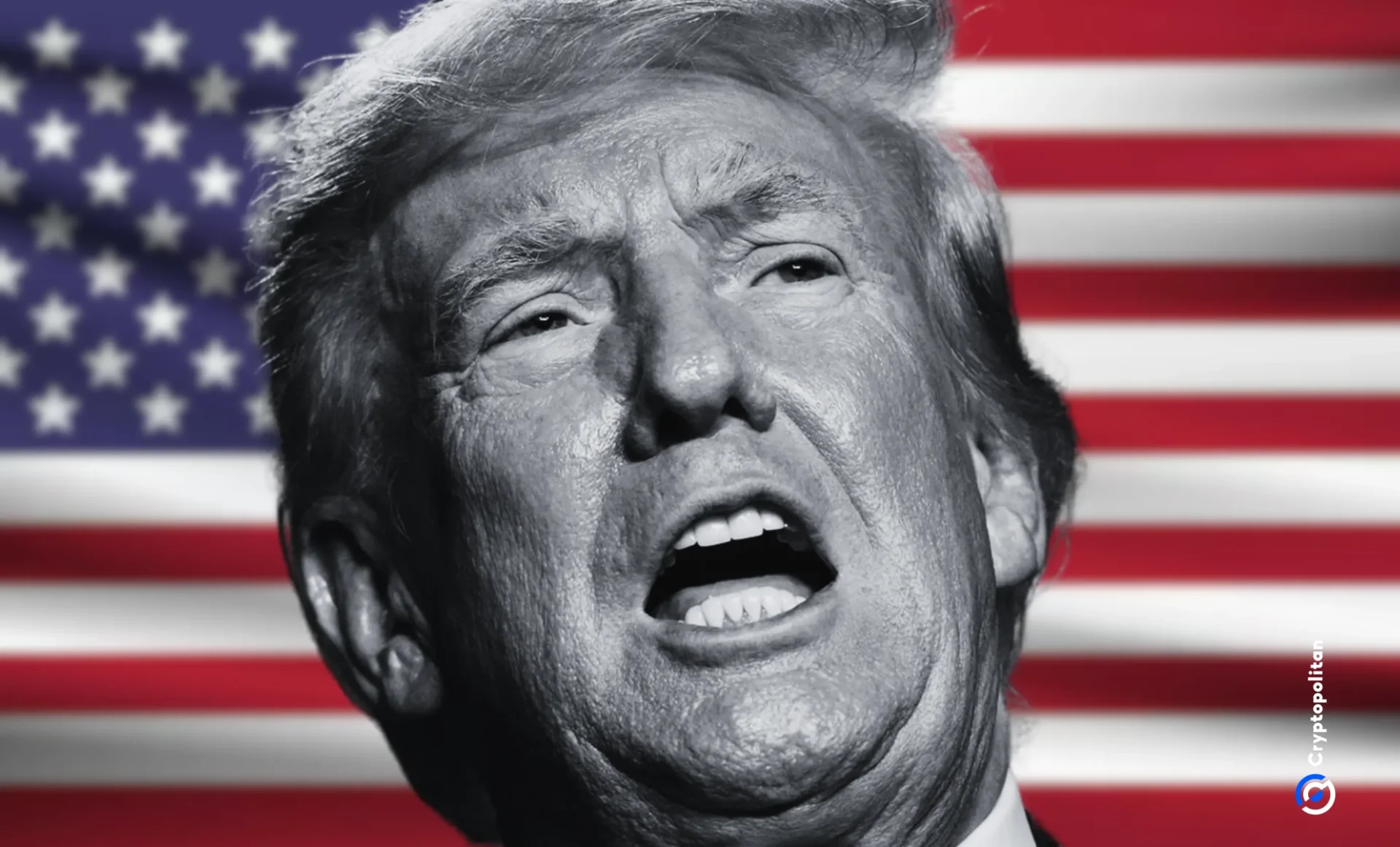The Chinese yuan is not going to replace the US dollar. Let’s get that out of the way straight up.
Russia and China’s attempts to push their currencies onto the global stage sure is impressive, but they face a wall of challenges.
The dollar’s dominance in international trade, finance, and foreign reserves is unmatched. Despite China’s increasing economic influence, the yuan remains far behind the dollar in terms of global use, trust, and stability. Way far behind.

US and China’s economic power play
China’s focus on growing its global economic footprint is painfully clear. And who can blame them? They believe America is a bully, plain and simple.
The country has—time and time again—used its economic power against countries that don’t abide by its egoistical standards by slapping ridiculous sanctions and tariffs on them.
Now China has spent more than a trillion dollars on infrastructure in over 140 countries this year, becoming the world’s largest trading power.
According to Australia’s Lowy Institute, 128 countries now trade more with China than with the US But when it comes to military alliances, America wins hands down.
The US has defense agreements with 56 countries, providing security guarantees that China simply cannot match.
Its military ties, by contrast, are weak. The only formal defense treaty China has is with North Korea. That’s it.
Meanwhile, America currently supplies military aid to Israel and Ukraine, two non-treaty allies in the middle of wars.
China doesn’t have that level of influence, which pushes many of its neighbors toward its fiercest frenemy.
When it comes to finance, China may be winning some battles, but it is definitely not winning the war.
The Belt and Road Initiative (BRI) is a massive infrastructure project designed to expand China’s global influence. High-speed rails in Indonesia, ports in Africa, and highways crossing Central Asia are just a few examples of how China is trying to squash America.
However, these projects come with a catch—massive debts owed to Chinese lenders. Pakistan, Sri Lanka, and Zambia are all feeling the pressure.
Developing countries looking for fast economic growth see the appeal of the BRI. Former USAID official Daniel Runde pointed out that China is faster and cheaper than the US in getting projects done.
From start to finish, China’s approach seems efficient. But what’s not being said is the long-term economic strain these countries face because of the debt they owe to China.
Yuan-based oil trade: A slow and unlikely mission
Recent discussion about China paying for Saudi oil in yuan is the motivation behind this article.
The problem? Even if Saudi Arabia wants to accept the yuan, it’s not easy. The yuan is not widely used in international trade, and there are very few places to spend it.
For oil exporters, this means accumulating yuan comes with serious risks. Without enough outlets to spend the yuan, countries will need to convert it into other currencies.
This leads to higher costs and more currency risks, which limits the yuan’s appeal. But Saudi has shown interest in strengthening ties with China beyond just oil.
President Xi Jinping’s visit to the kingdom in December 2022 kickstarted new financial, cultural, and institutional linkages between the two countries.
Still, the yuan’s role in oil trade remains minimal compared to the dollar.
Oil exporters that trade with China already have huge trade surpluses with the country. This means they would have more income in yuan than they can spend.

Holding onto excess yuan is not appealing, as converting it into other currencies incurs costs and risks. For countries like Saudi Arabia, the idea of trading oil in yuan just doesn’t make financial sense.
Renminbi’s global dominance hits roadblocks
Since China started its push for the renminbi’s global use in 2009, progress has been sluggish.
The People’s Bank of China (PBOC) has promoted the yuan through two main channels: increasing trade settlements in yuan and growing the offshore renminbi markets.
While the country’s share of world trade has tripled over the past two decades, rising from 4% in 2002 to 13% in 2023, the yuan’s share in global trade settlements is still tiny. In 2012, the yuan accounted for less than 1% of cross-border trade settlements. Today, it’s at just over 3%.
This may seem like progress, but it pales in comparison to the US dollar, which dominates 84% of global trade finance. Even the euro, which is struggling, still holds a bigger slice than the yuan at 5.9%.
Economic issues in the Eurozone, such as a lack of fiscal consolidation and a missing European capital markets union, have further hurt the euro’s position.
China has seen episodes where the yuan gained some ground in global trade, but these gains were quickly reversed.
Between 2012 and 2015, China made efforts to expand the yuan’s use by signing currency swap agreements with trading partners.
However, by late 2015, the yuan depreciated significantly against the dollar, leading to less demand in trade settlement scenarios. The currency has been climbing back up since 2018, though at a much slower rate.
The volatility of the yuan is a major reason why many countries are reluctant to use it.
In 2022, rising geopolitical tensions gave the yuan a temporary boost, with its share of global trade rising from 2% to over 3%. Evidently, this was not enough to pose any serious threat to the dollar.
Dollar’s dominance: Unshaken and growing
In spite of Xi and his self-acclaimed best buddy Vlad Putin, the dollar’s role as the world’s primary reserve currency remains secure.
Western sanctions on Russia, imposed by the Group of Seven after the Ukraine invasion, have pushed some countries to explore alternatives to the dollar.
But even within the BRICS, there has been little progress on moving away from the greenback.
China’s Cross-Border Interbank Payment System (CIPS), which was supposed to promote yuan liquidity, has added 62 participants this year.

But again, not enough compared to the dollar’s reach through SWIFT.
The BRICS countries have talked about developing a currency union, but these discussions haven’t led to anything tangible.
With the euro struggling and the renminbi not making any real headway, there’s no serious alternative to the dollar right now.
Countries looking to reduce their risk exposure have turned to gold, but even gold is not a practical solution for the global economy.
That’s how bad things have gotten.






